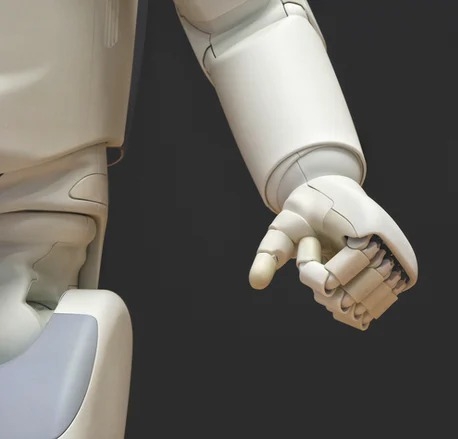Equipped with advanced robotic arms, the robots function like human hands and fingers. They are primarily used to figure out mobile, space, defence, banking, and sophisticated equipment defects…reports Asian Lite News
Sastra Robotics, a startup nurtured by Kerala Startup Mission (KSUM), has forged a partnership with a leading UK-based IT company to provide a batch of 150 AI-driven robots. These robots are specially designed for conducting quality testing tasks that are beyond the capabilities of human workers.
Equipped with advanced robotic arms, the robots function like human hands and fingers. They are primarily used to figure out mobile, space, defence, banking, and sophisticated equipment defects.
Aronin Ponnappan, co-founder and CEO Sastra Robotics, said the robots developed by our nascent firm have added another feather to projects like ‘Made in Kerala’ and ‘Make in India’. “ Also, for a Kerala startup to get such a big contract can be scripted as the first-ever in the robotics sector. It has allowed showcasing our technological prowess in the field of robotics in Britain,” said Ponnappan.
The robots, wholly designed and developed in Kerala, will reduce human intervention in discovering hardware and software failures in electronic smart devices with touch screens, besides predicting the reasons for those failures by deploying AI technology. KSUM is the nodal agency of the Kerala government for entrepreneurship development and incubation activities in the state.
ALSO READ-Dubai leverages AI robots in testing construction materials
READ MORE-Mind-control robots could be a reality


